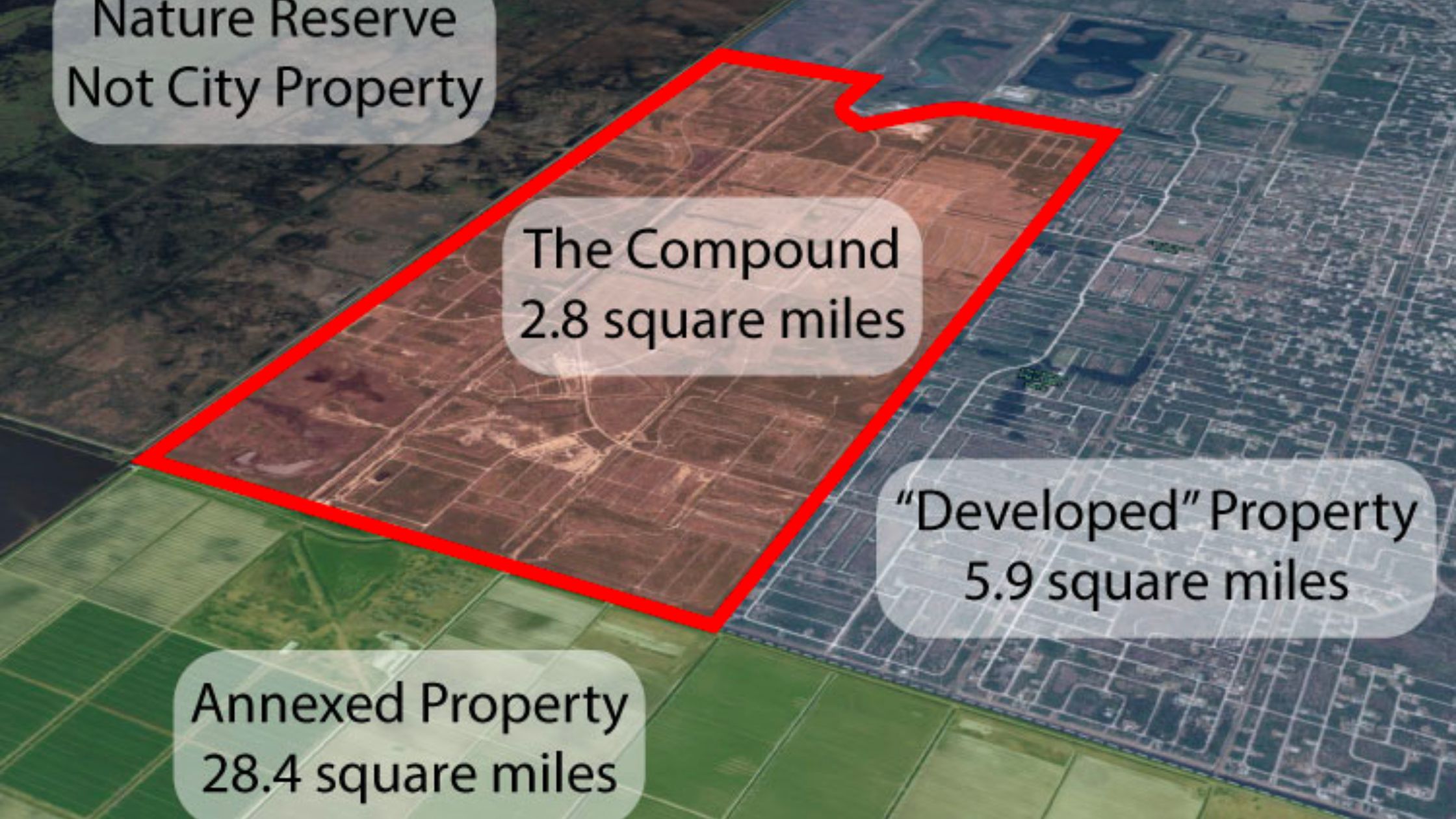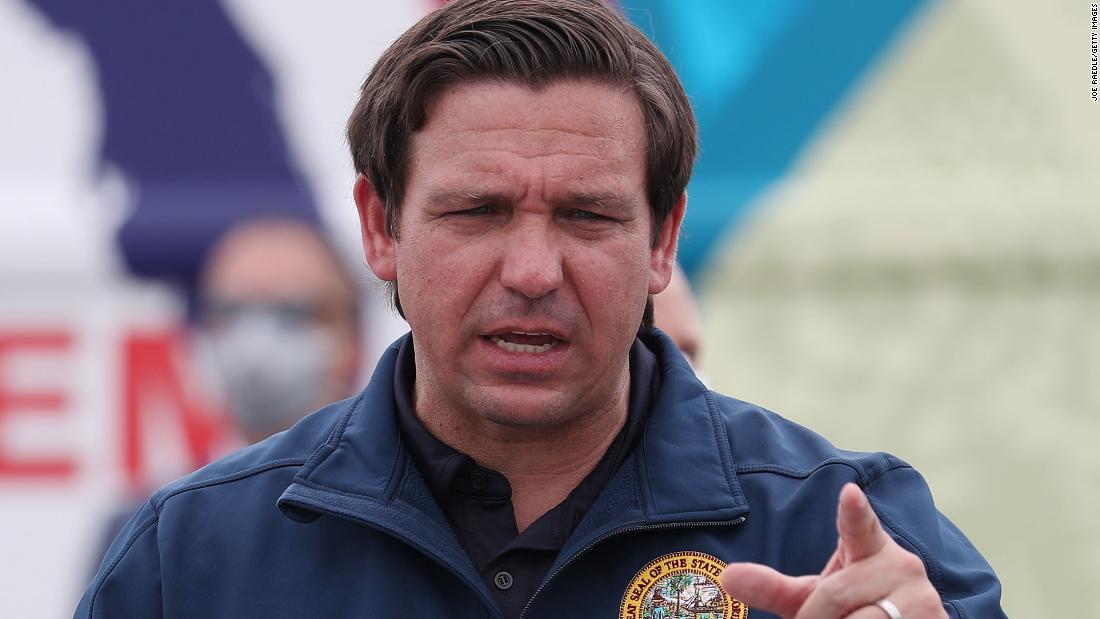
Update!
Launch time occurred at 12:05am on 11-8-23 from LC40 at CCASA in Florida. SpaceX successfully launched a Falcon9 rocket caring 23 Starlink satellites. The first stage booster B1073 which has made 11 other launches and landings again successfully landed at sea on the barge Just Read the Instruction.






Launch Alert!
Join other Space Coast spectators tonight, 11-7-23, under the stars as SpaceX marks its 81st rocket launch this year. Tonight’s mission will add more Starlink satellites to the growing global satellite constellation. SpaceX is targeting a launch window between 11:01pm and 3:00am. Launch updates and photographs of this launch attempt will be added to this article when available.
What you need to know at a glance:
- SpaceX Falcon9 rocket
- Booster B1073’s 11 flight
- Starlink Group 6-27 V2 mini
- Launch Window from 11:01pm to 3:00am
- 11-7-23 to 11-8-23
- LC40 CCSFS Florida
- Booster landing on Just Read the Instruction
- Trajectory will be to the South East
- Weather is 95% go with clear skies
Falcon 9
The Falcon 9 rocket is a two-stage-to-orbit medium-lift launch vehicle designed and manufactured by SpaceX in the United States. It is known for its ability to land and be reused up to 18 times to date, a feature that has revolutionized the economics of space flight.
Before launch, the Falcon 9’s first and second stages are assembled and tested at SpaceX’s facilities. Its Merlin engines, avionics, and stage separation systems undergo thorough checks. The payload, which could be a satellite, Dragon spacecraft, or other cargo, is encapsulated in the rocket’s payload fairing after being tested and prepared in a cleanroom facility. The integrated rocket, with the payload fairing attached, is transported to the launch site and raised into a vertical position on the launch pad. SpaceX uses the Transporter Erector Launchers (TEL) to both transport the rocket and serve as a support structure, providing connections for power, cooling, fuel, and communication systems. In the hours leading up to launch, the Falcon 9 undergoes a series of automated and manual checks, including fueling with RP-1 and liquid oxygen.
Liftoff begins when the first stage’s nine Merlin engines are ignited, and once all systems are confirmed to be operating correctly, the rocket is released from the hold-down clamps. Following liftoff, the Falcon 9 follows a pre-programmed trajectory, with its flight path and attitude controlled by the rocket’s onboard computer and ground control. After the first stage engines shut down, the first and second stages separate. The second stage, with a single Merlin Vacuum engine, ignites to continue the ascent to orbit. In most missions, the first stage performs a series of maneuvers to return to Earth, including a boost-back burn, an entry burn, and a landing burn, aiming to land on a drone ship at sea or a landing zone near the launch site.
The second stage delivers the payload to the intended orbit. It may perform one or more burns to adjust the trajectory. Once the target orbit is achieved, the payload is released. For satellite deployments, a dispenser may be used to separate the satellite(s) from the second stage. After payload deployment, the second stage performs a deorbit burn to re-enter the Earth’s atmosphere, preventing it from becoming space debris.
The Falcon 9 can carry payloads of up to 50,265 pounds to low Earth orbit (LEO) and 18,300 pounds to geostationary transfer orbit (GTO). The Falcon 9’s upper stage can restart multiple times to deploy multiple payloads into different orbits. The Falcon 9 has a high degree of accuracy in payload placement, making it a preferred option for a variety of customers, including commercial, government, and defense. SpaceX has incorporated an array of safety features, including an automated flight termination system, and has achieved a high rate of successful missions, bolstering the Falcon 9’s reliability.
Overall, the Falcon 9 has become a workhorse of both commercial and scientific space flight, reflecting SpaceX’s commitment to innovation and reusability in space operations.
Starlink
A Starlink satellite is part of a constellation of thousands of small satellites in low Earth orbit (LEO), operated by SpaceX with the aim of providing high-speed, low-latency internet around the globe, particularly in remote and rural areas where traditional internet infrastructure is not present or is underdeveloped.
Starlink satellites have a flat-panel design that enables a large number of satellites to be stacked together inside the payload fairing of a Falcon 9 rocket. This design is integral to the cost-effective deployment of the constellation. Starlink satellites are equipped with phased array antennas for high-bandwidth and low-latency communication, as well as parabolic antennas for certain communication functions. The satellites contain star trackers for precise navigational data, and they utilize the US Department of Defense’s debris tracking database to autonomously avoid collisions in space. They are powered by a single solar array and use ion thrusters for on-orbit maneuvering and maintaining their position in orbit. The v1.5 satellites use krypton as fuel for their ion thrusters due to its lower cost compared to xenon, despite a lower specific impulse.The thrusters are also responsible for deorbiting the satellites at the end of their life span to ensure they do not contribute to space debris.
The entire Starlink project aims to create a mega-constellation that will encompass different generations of satellites, each iteration bringing advancements in technology and capabilities. The revenue generated from the Starlink service is intended to fund SpaceX’s broader ambitions in space exploration, including missions to Mars.
Elon Musk
Elon Musk is a prominent entrepreneur and innovator, most recognized for his pivotal role in the advancement of electric vehicles, space exploration, and alternative energy. Born in South Africa in 1971, Musk’s early forays into the business world included Zip2 Corporation, a company providing maps and business directories to newspapers, and X.com, which evolved into PayPal and was subsequently acquired by eBay in 2002, providing Musk with the capital to pursue further ambitious projects.
Space Exploration Technologies Corp., or SpaceX, was founded by Musk in 2002 with the overarching aim of making space travel more affordable and ultimately colonizing Mars. SpaceX has been at the forefront of aerospace achievements, launching the first privately funded liquid-fueled rocket to reach orbit, sending the Dragon spacecraft to the International Space Station, and introducing the powerful Falcon Heavy rocket. Musk also serves as the CEO and product architect of Tesla, Inc., where he has been instrumental in popularizing electric vehicles and advancing sustainable energy through products like solar roofs and energy storage solutions.
Apart from his ventures in space and automotive industries, Musk has initiated ventures aimed at future technology and infrastructure. Neuralink, founded in 2016, is developing brain-computer interfaces to connect humans and computers, while The Boring Company is working on innovative tunneling and infrastructure projects to address traffic congestion. Musk also co-founded SolarCity, which Tesla later absorbed, continuing his commitment to renewable energy. Known for his visionary goals, Musk’s influence spans from artificial intelligence, with his early involvement in OpenAI, to his ambitious plans for a multiplanetary human existence, leaving an indelible mark on the technological landscape of the 21st century.




